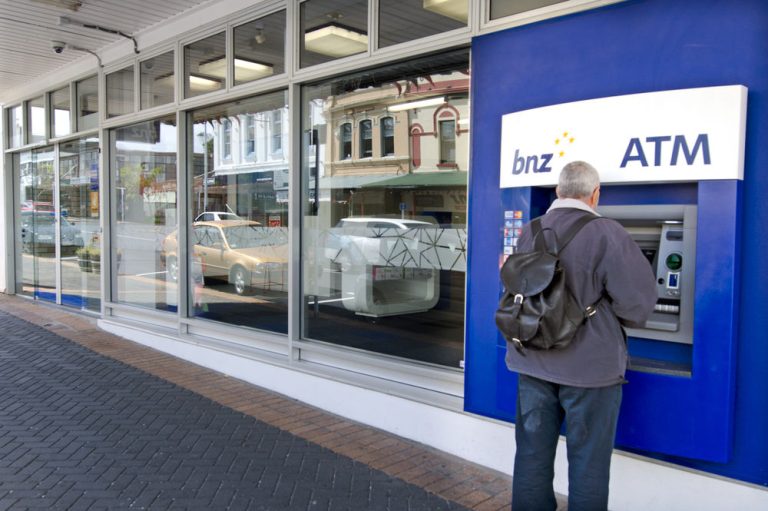The European Union has taken legal action against four of its member states—Spain, Cyprus, Poland, and Portugal—over their failure to implement crucial rules regarding global taxation for multinational corporations.
These nations were obligated to enforce specific tax regulations by the end of 2023, aimed at ensuring that large international companies pay a minimum tax rate of 15%.
This action stems from the EU’s efforts to harmonise tax practices across the bloc and close loopholes that allow corporations to shift profits to lower-tax jurisdictions.
The EU’s decision to sue these nations signals the seriousness with which it views this failure to comply.
While Spain has indicated its intention to rectify the situation soon, other countries remain slow to act, leaving them at odds with the EU’s broader efforts to create a fairer tax environment.
What led to the EU’s legal action?
The core issue lies in the failure of Spain, Cyprus, Poland, and Portugal to adopt the EU’s minimum tax directive, which aligns with the OECD’s global initiative.
The directive mandates that multinational corporations pay a minimum 15% tax on profits, ensuring that profits are not unfairly shifted to tax havens.
The rules were supposed to be in place by the end of 2023, and all member states were notified of this deadline.
However, these four countries have missed the deadline, failing to enforce and report the necessary legislative changes.
Spain, for example, has stated that it is already working towards compliance, with new legislation expected by the end of the year.
Despite this assurance, the European Commission’s legal action suggests that progress in Spain and the other countries has not been sufficient, leaving significant gaps in the bloc’s efforts to clamp down on tax avoidance.
What is the EU’s stance on global taxation?
The EU has long been a proponent of creating a level playing field when it comes to corporate taxation, particularly for multinationals.
The bloc has been instrumental in pushing for global tax reforms, working closely with the Organisation for Economic Co-operation and Development (OECD) to create unified tax rules.
The global minimum tax initiative is one of the most significant steps in this direction, designed to prevent companies from exploiting different tax regimes and to ensure that taxes are paid where profits are generated.
The Commission’s lawsuit emphasises the importance of uniform implementation of these rules across the EU.
By failing to adopt these measures, Spain, Cyprus, Poland, and Portugal are seen as undermining the collective goal of preventing tax evasion and ensuring fair competition within the bloc.
The lawsuit serves as a reminder that the EU will hold its member states accountable for their commitments to tax reforms.
What are the potential consequences for the countries involved?
The consequences for Spain, Cyprus, Poland, and Portugal could be severe if they fail to take immediate action to rectify the situation.
The EU has the authority to impose financial penalties and sanctions on member states that fail to comply with its regulations.
This could result in significant fines or other forms of punitive action that would further strain the countries’ relationships with the EU.
Spain’s pledge to enact new legislation by the end of the year may spare it from the harshest penalties, but Cyprus, Poland, and Portugal have not yet presented clear plans for compliance.
This raises concerns about potential delays and the impact on the broader EU tax strategy.
How does this affect multinational corporations?
The ongoing legal battle has significant implications for multinational corporations operating in the affected countries.
Companies that have been benefiting from the absence of a minimum tax may soon face new financial obligations.
The enforcement of the EU’s directive will likely increase their tax burdens, making it harder for them to shift profits to low-tax jurisdictions.
For corporations, the unpredictability of this legal situation may lead to uncertainty, especially for those with substantial operations in Spain, Cyprus, Poland, and Portugal.
What comes next for the EU’s tax reform efforts?
The EU’s decision to sue these four countries shows that it is serious about ensuring compliance with its global tax rules.
In the coming months, the European Commission will likely continue monitoring the situation closely, applying pressure on the nations to enforce the required laws.
If the countries do not take corrective action, the EU could escalate the legal proceedings, potentially resulting in more severe penalties.
The lawsuit also serves as a message to other member states: non-compliance with EU tax rules will not be tolerated.
As the EU continues to push for global tax reform, ensuring that all member states comply with these initiatives is crucial for the bloc’s credibility on the global stage.
The post Explained: why did EU sue Spain, Cyprus, Poland, and Portugal over global taxation rules? appeared first on Invezz










